Titbits and News from the Mare Nostrum
Scientists Discover Europe's Oldest Shoes: 6,000-Year-Old Sandals Woven from Grass
Scientists have discovered Europe's oldest shoes: a pair of sandals woven from grass that are thought to be around 6,000 years old. The sandals were found in a cave in Spain and are well-preserved due to the low humidity and cool winds in the cave. The discovery of the sandals sheds new light on the lives of prehistoric people in Europe and their skill in weaving complex and durable footwear from plant materials.
By Nick Nutter on 2023-09-29 | Last Updated 2025-05-20 | Titbits and News from the Mare Nostrum
This article has been visited 2,306 times

Cueva de los Murcielagos entrance
In a breakthrough discovery, scientists have identified Europe's oldest shoes: a pair of sandals woven from grass that are thought to be around 6,000 years old. The sandals were found in the Cueva de los Murcielagos, or Cave of the Bats, in Andalusia, southern Spain. La Cueva de los Murcielagos de Zuheros is a cave located in the province of Cordoba, near the village of Zuheros in the Sierra Subbetica mountains.
Do you enjoy my articles? For your reading pleasure, this website does not carry third party ads. You could help me write more articles by buying me a cup of coffee.


Fantastic calcite formations in Cueva de los Murcielagos
The cave was first accessed in 1831 by a landowner who collected bat guano, or droppings, used to make fertilizer. Less than two decades later, it was used by miners who, while mining the cave, discovered a gallery that held partially mummified corpses, baskets, wooden tools, and among others - wild boar teeth and a unique gold diadem.
Esparto Grass Sandals


Wooden mallet and fragments of grass sandals
It was among this haul of ancient objects that the sandals were discovered, but they were not analyzed in detail until recently. Using new dating techniques, researchers were able to determine that the sandals are much older than previously thought.
The sandals are made from a variety of grasses, including esparto grass, which is still used today in Spain to make baskets and hats. The researchers also found that the sandals included other materials, such as leather and lime.
The sandals date to the Neolithic period, and are older than the 5,500-year-old leather shoes discovered in a cave in Armenia back in 2008.
The discovery of the sandals sheds new light on the lives of prehistoric people in Europe. It shows that they were skilled weavers who were able to create complex and durable footwear from plant materials.
The sandals are also a testament to the exceptional conditions in the Cueva de los Murciélagos, which have helped to preserve them for thousands of years. The low humidity and cool winds in the cave have created an ideal environment for organic materials to survive.
The discovery of the sandals is just one of many fascinating finds that have been made in the Cueva de los Murciélagos. The cave is a rich source of information about the lives of prehistoric people in Europe, and archaeologists continue to study it today.
A Cave Full of History
La Cueva de los Murcielagos de Zuheros has been inhabited by humans for thousands of years, and it contains evidence of Neanderthal and Neolithic occupation.
The cave was formed over millions of years by the dissolving action of rainwater. It is home to a variety of cave formations, including stalagmites, stalactites, calcite curtains, and flowstones. The formations are coloured by minerals dissolved in the water.
The cave is about 3 kilometers long, but only 500 meters of it are open to visitors. The tour takes visitors through a series of chambers, where they can see the cave formations and learn about the history of the cave.
Neanderthal Occupation
The cave was first inhabited by Neanderthals between 65 and 30,000 years ago. Evidence of their occupation includes Mousterian tools, which are a type of stone tool.
Neolithic Occupation


Neolithic pottery
The cave was also inhabited by Neolithic people between 5200 and 3500 BC. Evidence of their occupation includes stone tools, pottery, and cave paintings.
Cave Paintings


Cave art an Ibex in Cueva de los Murcielagos
The cave paintings in La Cueva de los Murcielagos are some of the oldest in Spain. They date back to between 4000 and 3500 BC. The paintings depict animals, humans, and symbols.
Neolithic Burial


Neolithic burial in Cueva de los Murcielagos
In 2018, researchers discovered a burial in the cave that is 7245 years old. The burial is of a male individual who was buried with a ceramic pot and a stone bracelet.
Communicating with the Gods


A calcite cathedral
It is thought that the cave was also used for religious purposes by the Neolithic people. Evidence of this includes the discovery of toasted grain and opium poppy seeds in the cave. The opium poppy seeds are thought to have been used to induce a trance state in the oracle or shaman.
Visiting La Cueva de los Murcielagos de Zuheros
Unlike many archeological sites, La Cueva de los Murcielagos de Zuheros can be visited. It is best to make a reservation at the Eco museum 200 metres from the cave. Opening times vary from those shown on the website so ring 957694545 between 10 am and 1.30pm Tuesday to Thursday.
Tours are on foot and last about an hour. There are 700 steps to negotiate so it is not suitable for the totally unfit. Taller people should also be careful of cracking their heads in some of the sections of tunnel where crouching is necessary. The guide, ours was Antonio J. Poyato, is excellent and takes time out to explain the cave in English.
Do you enjoy my articles? For your reading pleasure, this website does not carry third party ads. You could help me write more articles by buying me a cup of coffee.
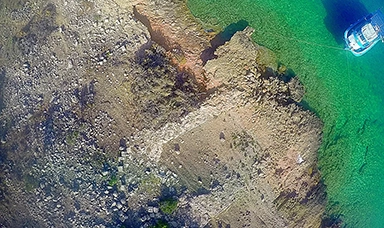 Dana Island, oldest ancient shipyard
Dana Island, oldest ancient shipyard A Bronze Age Courier Service
A Bronze Age Courier Service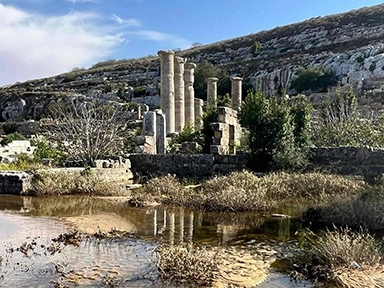 Cyrene's Lost Treasures
Cyrene's Lost Treasures The Invisible Enemy
The Invisible Enemy The World's First Company
The World's First Company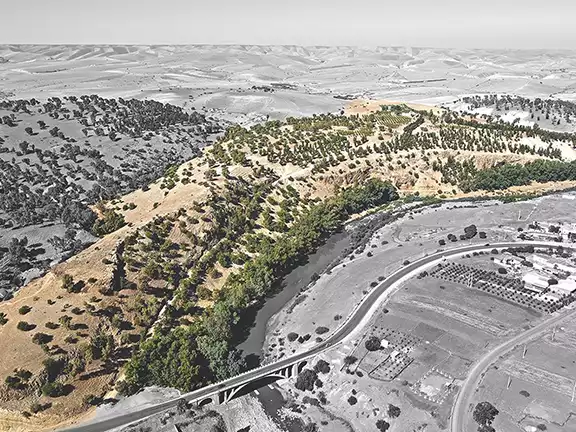 The Copper Age Site of Oued Beht
The Copper Age Site of Oued Beht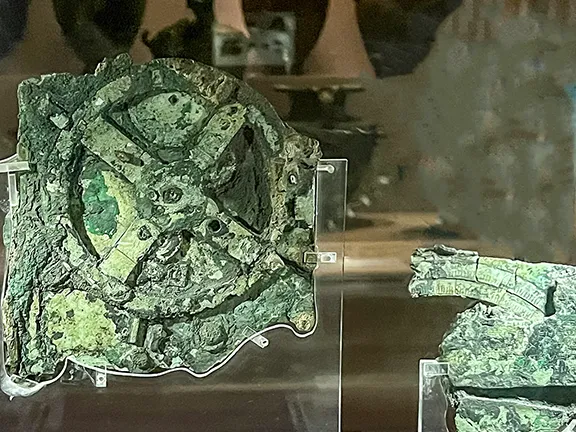 How the Antikythera Mechanism Works
How the Antikythera Mechanism Works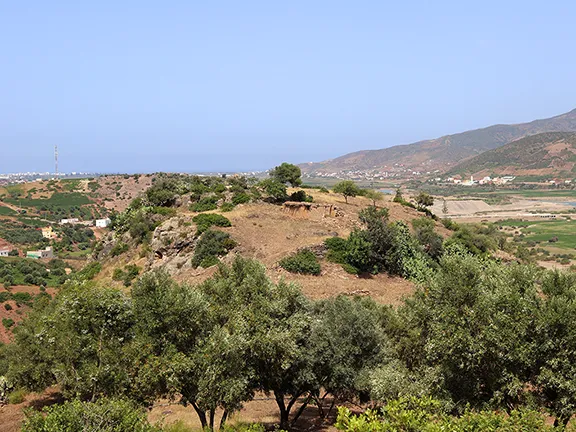 Kach Kouch and Iberia
Kach Kouch and Iberia Mediterranean Diet Evolution
Mediterranean Diet Evolution Hidden Colours of Ancient Statues
Hidden Colours of Ancient Statues Cleopatra: Egypt's Last Pharaoh
Cleopatra: Egypt's Last Pharaoh Alexandria Library's True Fate
Alexandria Library's True Fate Six Great Ancient Libraries
Six Great Ancient Libraries Ancient Greek Technology
Ancient Greek Technology Broadening Horizons
Broadening Horizons The Nadītu Investors of Sippar
The Nadītu Investors of Sippar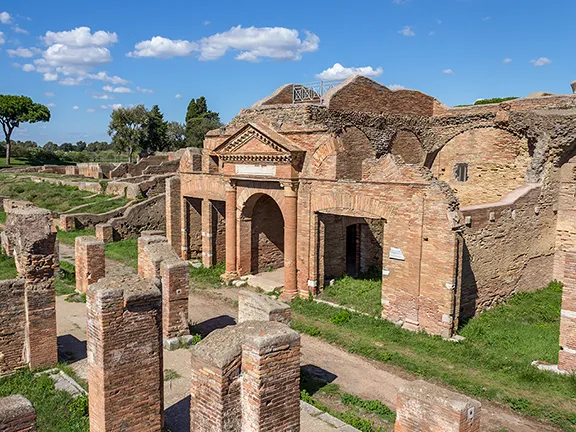 New light on Hadrian
New light on Hadrian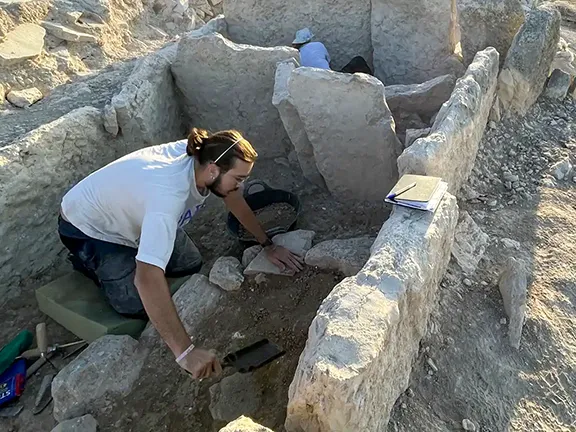 The Dolmens of La Lentejuela Teba
The Dolmens of La Lentejuela Teba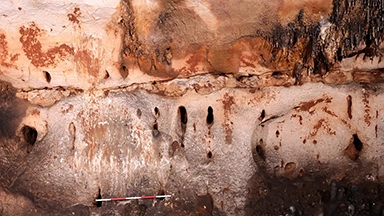 New Cave Art Discovery in Valencia region
New Cave Art Discovery in Valencia region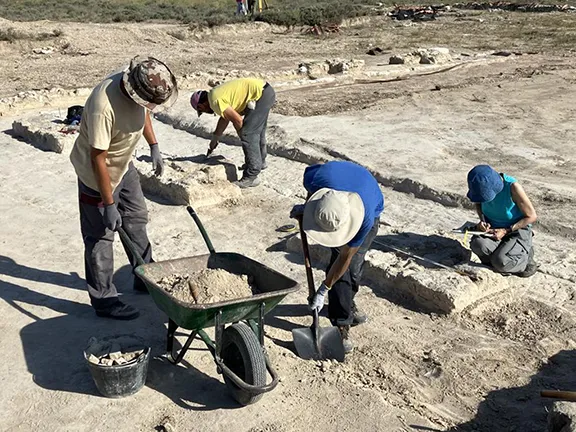 La Cabaneta Oldest Roman Forum in Iberian Peninsula
La Cabaneta Oldest Roman Forum in Iberian Peninsula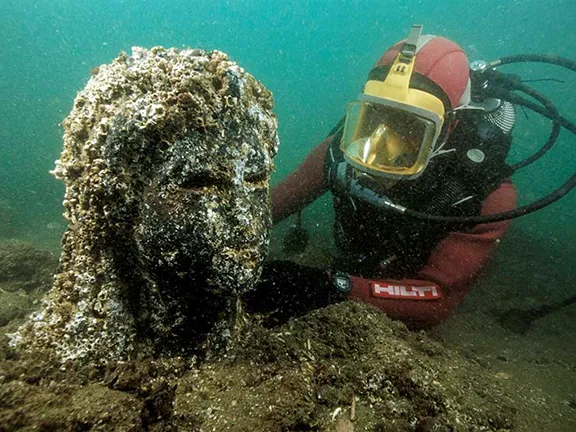 New Discoveries at Ancient Sunken City of Thonis-Heracleion
New Discoveries at Ancient Sunken City of Thonis-Heracleion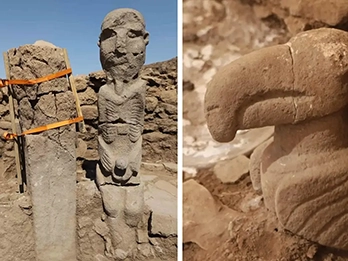 Discoveries at Gobekli Tepe and Karahan
Discoveries at Gobekli Tepe and Karahan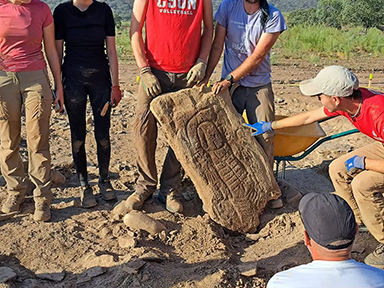 Decorated Stelae found in Canaveral de Leon, Spain
Decorated Stelae found in Canaveral de Leon, Spain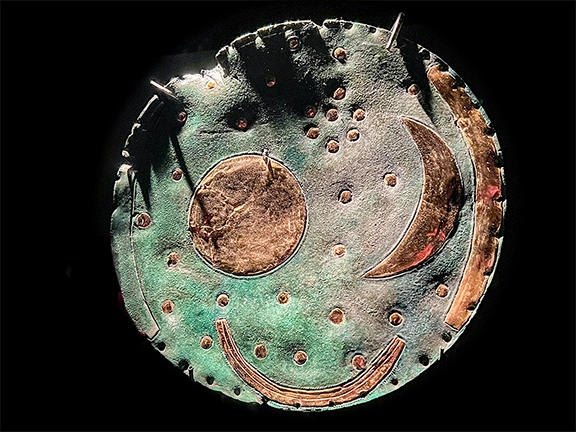 The Nebra Sky Disc: A Bronze Age Calendar
The Nebra Sky Disc: A Bronze Age Calendar New Exhibition at the Archaeological Museum in Alicante
New Exhibition at the Archaeological Museum in Alicante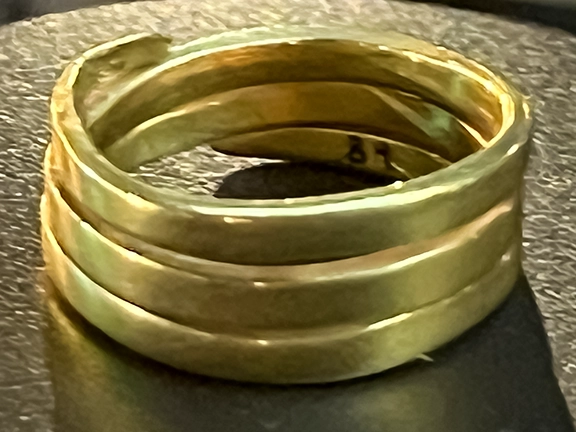 Bronze Age: A Golden Age for Jewellery
Bronze Age: A Golden Age for Jewellery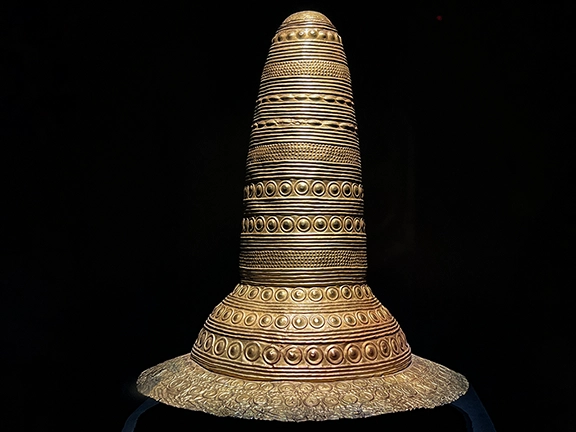 The Golden Hat of Schifferstadt
The Golden Hat of Schifferstadt